After five of these day trips in search of historic little parish churches in Sussex, I couldn’t wait to research and plan the next one. I was still fixated on Sussex so this time I selected the following six churches and one historic house, Firle Place.
St Peter ad Vincula, Folkington
St Mary and St Peter, Wilmington
Firle Place (historic house), Firle
It was an early start (7.30am) for this day trip as it was a two hour drive to the first of the six churches., St Nicholas in Pevensey. There had been some sort of flower festival in the church so it was decked out with floral arrangements on every surface and in every nook and cranny.
The church is named after Saint Nicholas who is the patron saint of seafarers. The main village of Pevensey is about 8km north east of Eastborne and 1.6km inland from Pevensey Bay. It was here that William the Conguerer made his landing when he invaded England in 1066. The church is adjacent to Pevensey castle which is a medieval castle and former Roman Saxon Shore fort built around 290 AD and known to the Romans as Anderitum. It seems to have been the base for a fleet called the Classis Anderidaensis. It’s not clear why it was originally built but it is thought to have been part of a Roman defensive system to guard against Saxon pirates.
St Nicolas church can be traced to the Roman occupation of Britain and is built on the original site of a Saxon or Priory church dating from C5. The church that is standing today was built in its present form in the medieval period, between 1205 and 1216. It’s a splendid example of ‘Early English’, or ‘Early English Gothic’, architecture and is the plainest and closest to French building styles of the period. It is a large church and its grandeur reflects how important Pevensey was as a sea port.
St Nicolas has several notable original architectural features. There are fine examples of medieval windows. The three Lancet window openings above the High Altar are perfect examples of their period c.1200.
There are also twin windows in the south aisle of Early English style set in deep mouldings. Both these windows had stained glass installed during the late C19.
The chancel is ‘off-set’ at an angle from the nave by 34/60ths of one degree which is a feature often seen in medieval churches said to symbolise the angle of Christ’s head on the cross. It also creates the illusion of a much longer building.
The Nave was built in 1210 and one of the most conspicuous features are the double-chamfered arches - three on the north and five on the south side. These are supported on columns which are alternately clustered, with quatrefoil designs and octagonal. The Clerestory windows are between the arches and not in the traditional place which would be above them.
The Norman font is made from stone from Caen, William the Conqueror’s hometown in Normandy. It has an intricate, locally carved Victorian wooden lantern hood, circa 1890.
From Pevensey I slowly made my way westwards ending up at the village of Firle. It was a 13 minute drive to the next church, St Peter ad Vincula in the tiny hamlet of Folkington. This church is one of five based in and around the beautiful Cuckmere Valley which comprise The Cuckmere Churches Benefice. All five churches are ancient, either medieval or Saxon and each has a unique and fascinating history. Here are the five churches, two of which I visited in a previous day trip:
St Andrew’s Alfriston (click here)
Church of the Good Shepherd Lullington (click here)
St Michael The Archangel, Litlington
St Peter ad Vincula, Folkington
All Saints, West Dean
The Church of St Peter ad Vincola in Folkington is absolutely exquisite both in its setting and the church and graveyard. It’s the only public building in this little hamlet and is a classic example of a Sussex Downland church with its simplicity and built entirely of thick flint walls. It is totally unspoilt by any restoration.
The nave and chancel are the same height inside which give the church perfect acoustics for musical performances and singing.
The church is Grade I listed which include the late Georgian pulpit and box pews.
There is a C15 king-post roof over the nave and a bell-tower with an inscribed bell of the same period. In 1870 a Victorian vestry was built, also the East window (with its pressed slab glass and a fine tiled floor.
As you exit the church the old vicarage, now a private home is directly in front of you.
The churchyard is beautiful with its ares of long grass and wild flowers.
It contains various gravestones of historical interest, especially the memorial to the renowned cookery writer Elizabeth David (itself a work of art by Sussex Lettercutter and Stonemason Geoffrey Aldred).
This church is near the end of a lane with few houses in the most idyllic spot. It was hard to extract myself from such a peaceful place. I highly recommend you visit this village and stunning little church. It’s in my top five churches that I’ve seen to date. Oh, and by the way, David Dimbleby lives in the village.
The next church, St Mary and St Peter in Wilmington was an 6 minute drive away. This C12 church was founded by Benedictine monks, together with the neighbouring Priory. It was a cell of the Benedictine Abbey at Grestain in Normandy. The Priory has been added to and altered and some has been lost to ruin and decay but what remains shows how prestigious the priory once was. It is open to the public but I didn’t have time to visit it, being on a mission to visit six churches and a stately home in one day!
The church has a 1,600 year old yew tree in the churchyard which this year had huge wooden props added to prop it up.
The church has an unusually long chancel and a particularly fine Jacobean pulpit, dating from 1610.
A five minute drive up the side of the South Downs with superb views over the Cuckmere valley took me to the village of Litlington and the church St Michael The Archangel one of the five Cuckmere churches. The church dates back to 1150 and is mainly built from flint. The spire is covered in wooden shingles. There are three bells and the treble bell is said to be one of the oldest working bells in England, cast in early C15.
When I arrived the church was a hive of activity as it was being decorated for a wedding the following day. The flowers were mostly locally grown and the two ladies decorating the church had already prepared some stunning vases of flowers. Who wouldn’t want to get married in this gorgeous little country church surrounded by so many beautiful flowers?!
Inside there are several early features, including a piscine dated about 1220, a 15th century Easter sepulchre, a double sedilia and beautiful Norman windows.
The font is plain octagonal C15 and is now painted a dark colour.
Interestingly in the graveyard is the tomb of Charles Joseph La Trobe (died 1875), first Lieutenant Governor of Victoria, Australia. A tree in his memory was planted in the churchyard in 1951.
A six minute drive took me to All Saints church in the tiny hamlet of West Dean (not to be confused with West Dean in West Sussex). This little hamlet is well hidden a long way from any sort of main road. This is a Grade I listed church of great antiquity and parts of the building date back to Saxon times. Most of the present structure is Norman, measuring 21m by 4.87m constructed of flint and Eastbourne sandstone. The square tower is covered by an unusual gable spire which John Betjeman in his Guide to English Parish Churches describes as unique in Sussex. The tower has been likened to a monk’s cowl; from a distance, the small high windows on the tower give the appearance of a rather comical face. The tower houses a single bell.
There is a lot Early English work inside dating back to early C14. The church was updated in the mid Victorian era when the two metal commandment boards and pulpit were installed, along with red and beige encaustic floor tiles; these have now been replaced with old York stones.
At the same time, the beautiful coloured east window was installed in memory of George Allfrey and his son George. The three main windows depict, left to right, Mary Magdalene and the Virgin Mary, the Crucifixion, St. John and the Roman soldier, Longinus.
The monuments date from C14 to the present day. On the south wall of the chancel is a splendid box tomb wall monument in a typical 17th century style in memory of William Thomas (died 1639) and Anne (died 1625) his wife. William was a wealthy citizen of Lewes who bought the Manor of West Dean in 1611. Their daughter, Susanna, whose alabaster monument is fixed to the north wall of the nave, married George Tirrey and died in childbirth.
The old parsonage next to the church is reputed to be the oldest continually inhabited parsonage house in the country. It was built by Benedictine Monks from the nearby Wilmington Priory in 128 and it was occupied by the clergy until 1970 when it was sold to private ownership and is still lived in.
There have been some changes to the Parsonage over the years, including a sympathetic Victorian extension to the left of the front door. The chimney stack at the back of the house is fascinating!
By now I was starving but I wanted to visit one more church before going to Firle for lunch. A friend texted me about this church a few hours earlier in the day so I added it to my schedule. It was a 20 minute drive away but certainly worth the detour. St John’s church is in the village of Piddinghoe which is about a mile inland from Newhaven. It’s where the river Ouse comes close to the Downs on the west side of the valley and you can see the river from the edge of the graveyard.
The church is early C12 and Grade I listed. It is one of only three round-towered churches in Sussex, the others being in Southease and Lewes, St Michael. The octagonal shingled spire shaped like a dunce’s cap, may not be in its original state, but is unchanged since drawings in 1802. The church was restored in 1882 and consists of a chancel, nave, north and south aisles, bell tower and vestry. The stained glass is mainly Victorian and the font is C13.
A low and narrow north aisle of around 1150 has no original windows. The south arcade dates from the late C12 and has four bays. The chancel was replaced in the C13 but the chancel arch is unchanged.
The windows are mainly C14. Some windows were altered after the Reformation.
Finally, I was on my way to The Ram Inn, Firle, for lunch after which I headed to Firle Place for a guided tour of the house. Firle Place contains one of the most significant and historic private collections of old master paintings, furniture and porcelain in the south of England. It is the only place in the country where a section of the celebrated Cowper collection can be found. This spectacular house which has been the home of the Gage family for 500 years. Sadly you cannot take photos inside the house but you can find plenty on their website.
After the house tour I was still on a high and was reluctant to leave Sussex, at least until the rush hour traffic had died down (nothing worse than being stuck on the A27 near Brighton waiting to exit on to the A23 back to London) so I popped over to Glynde to pay a visit to St Mary’s church which I visited on my first day trip (click here). I then took a different route back home and randomly drove down some country lanes along the way just to see some other parts of East Sussex. The beauty of SatNav (I always use Waze) is that it gets you back onto the main roads without any hassle.
I was already planning my next day trip before I arrived home!

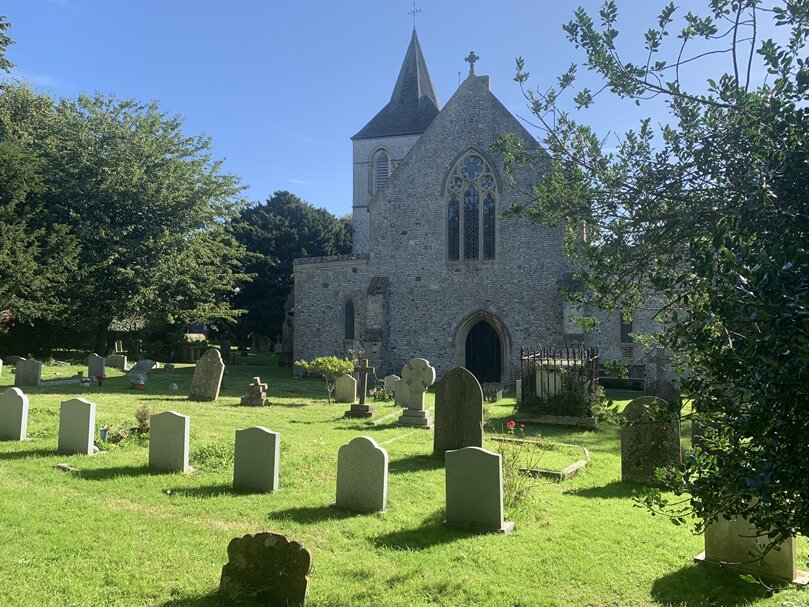

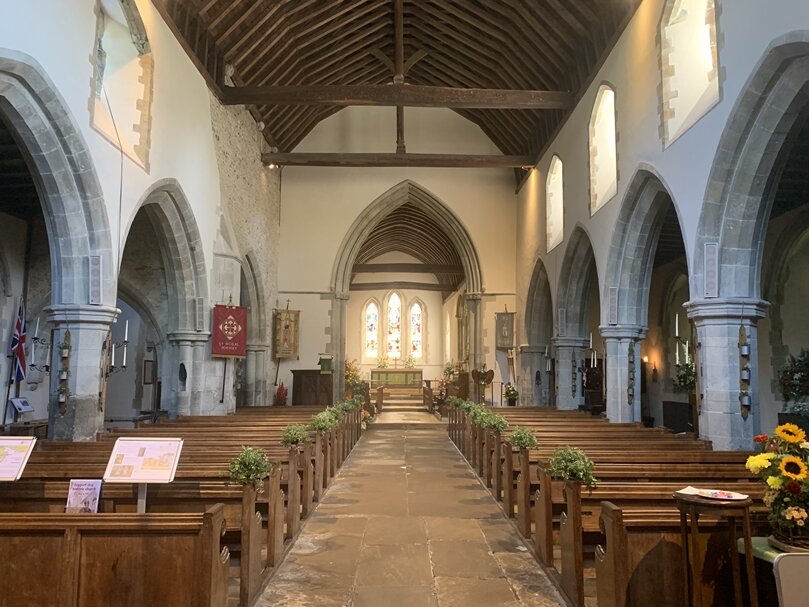
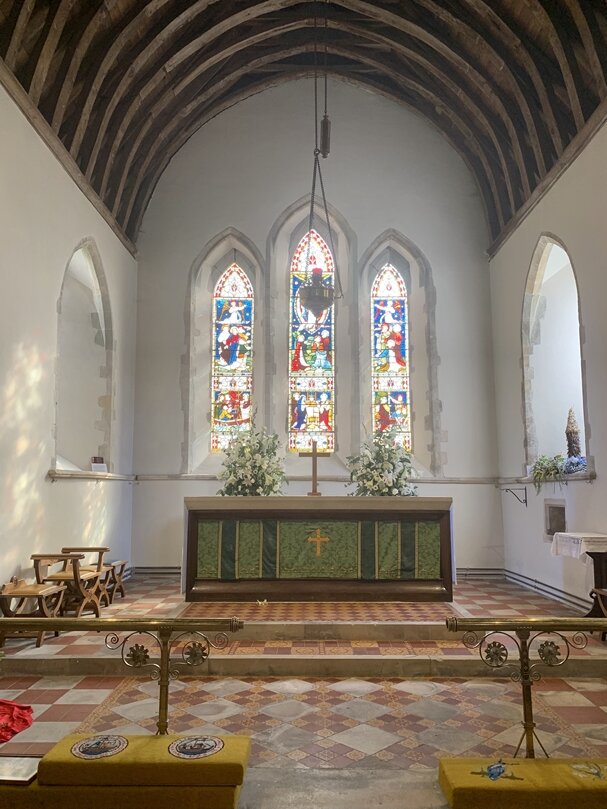
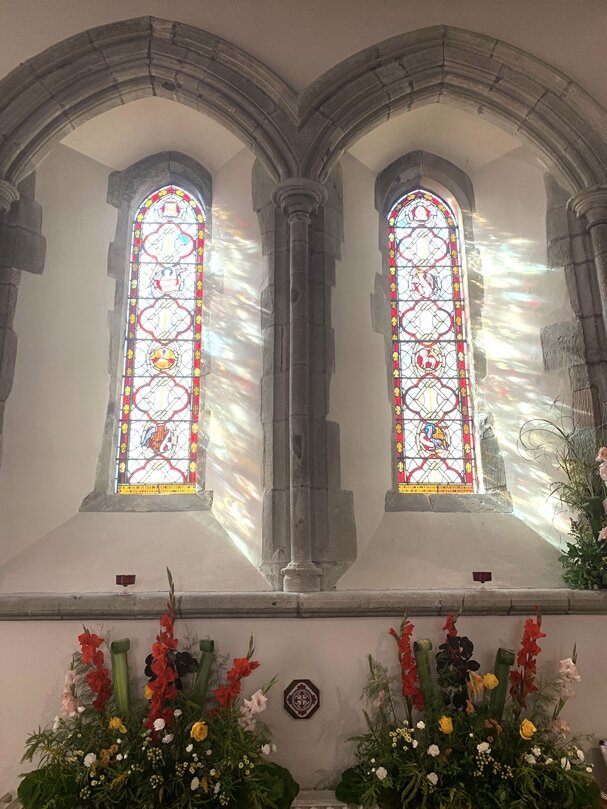
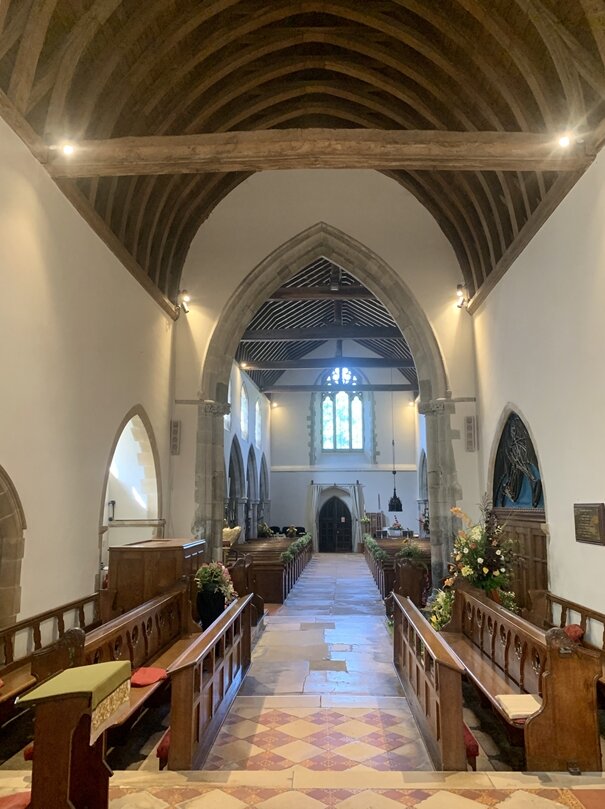
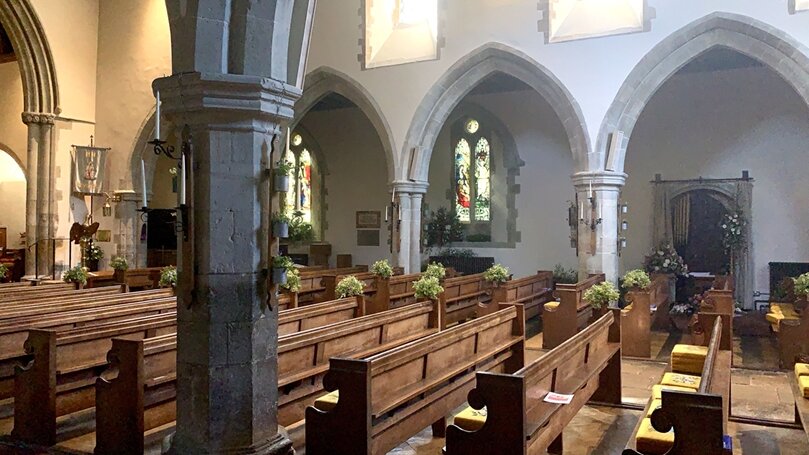
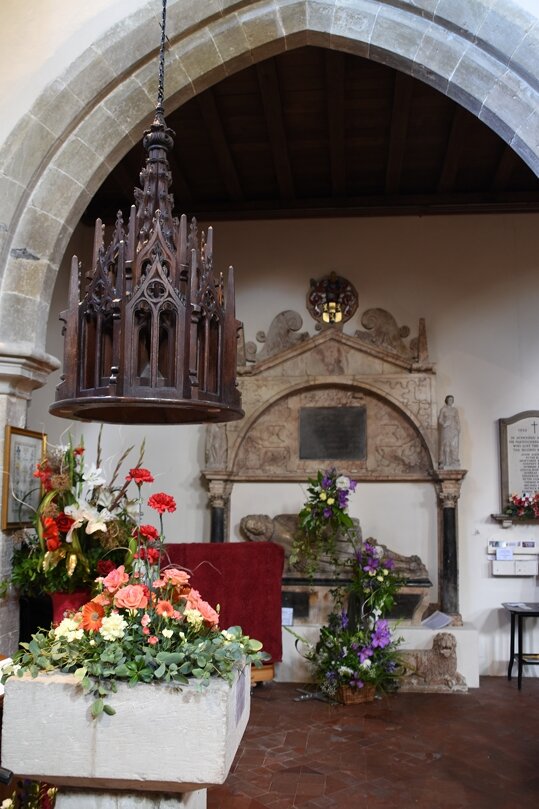
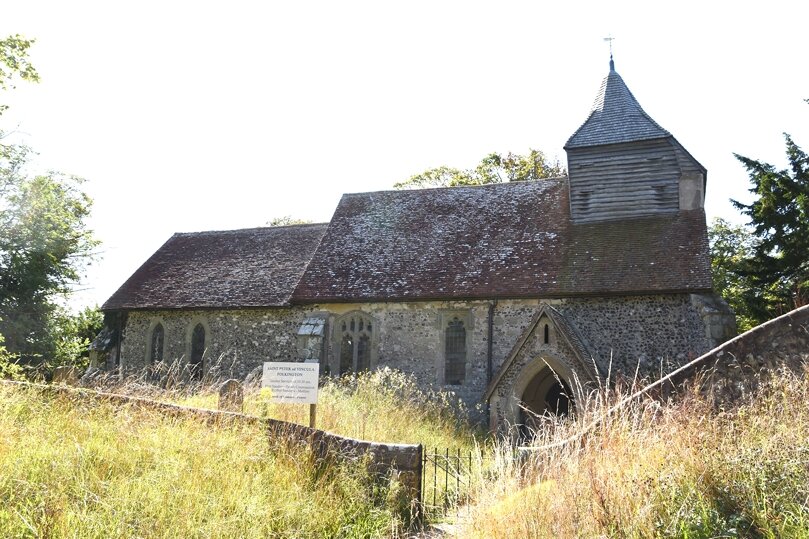
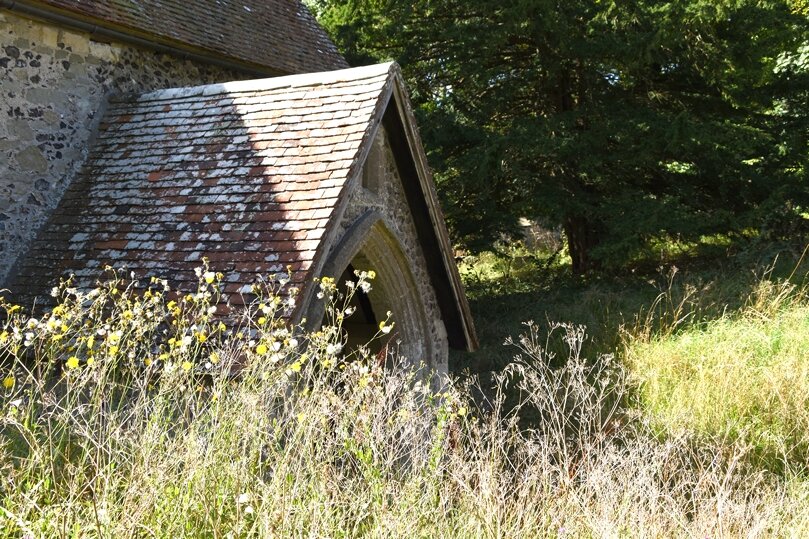
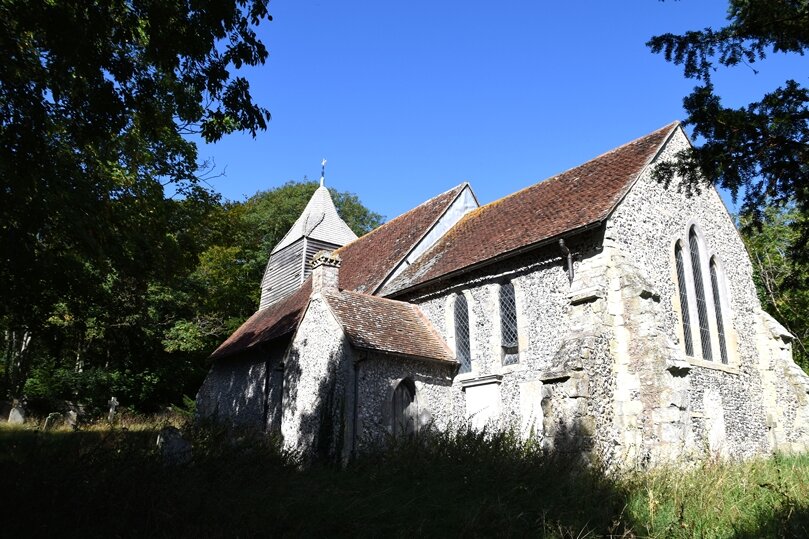
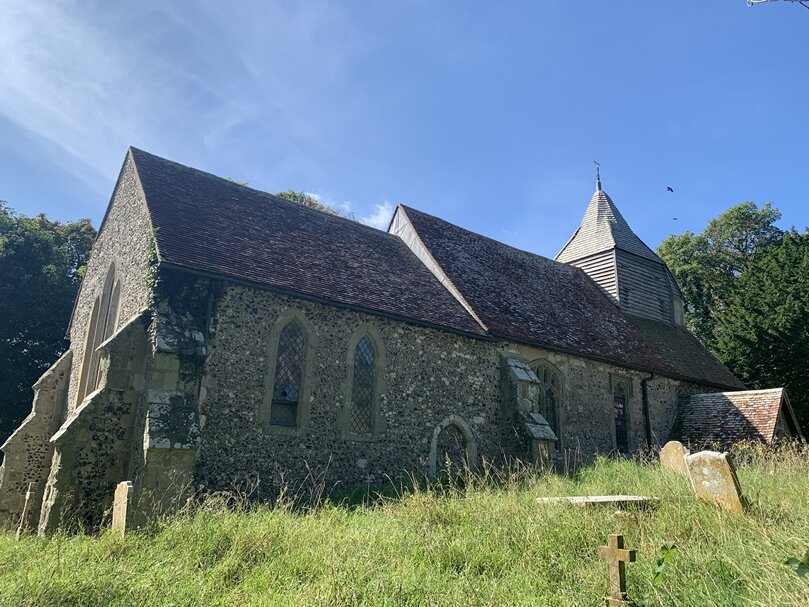
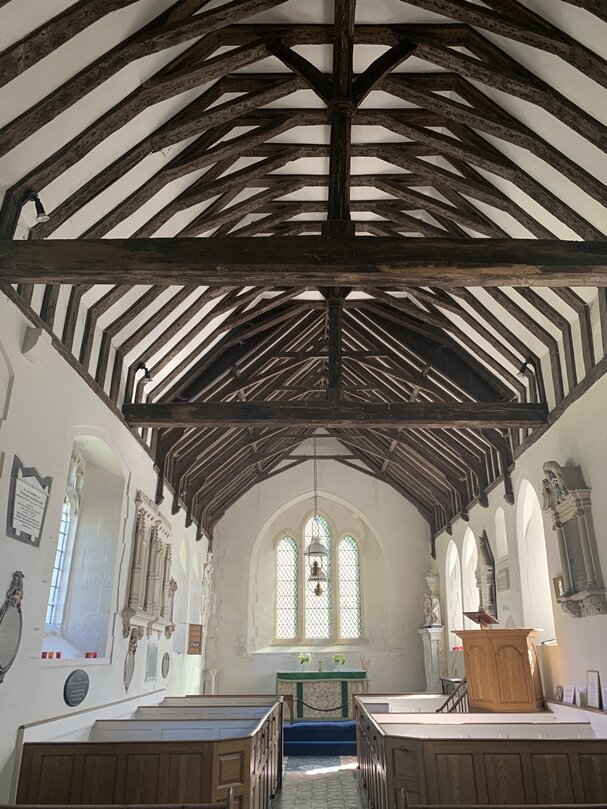
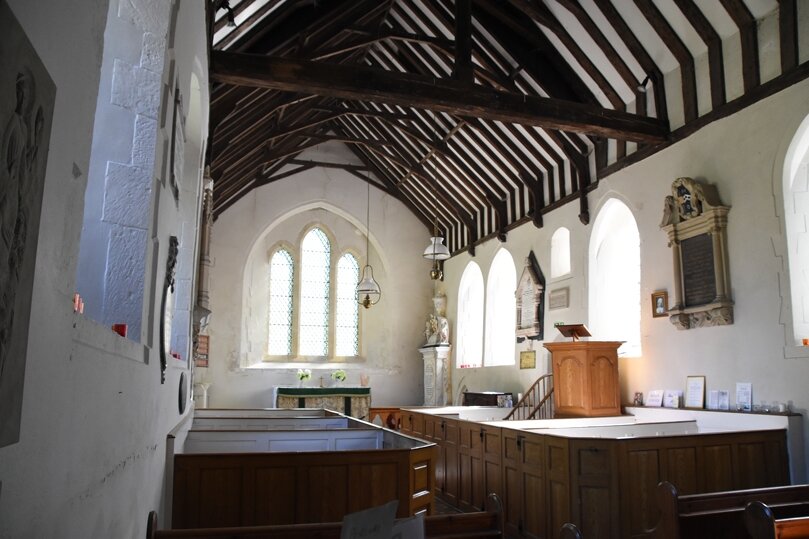
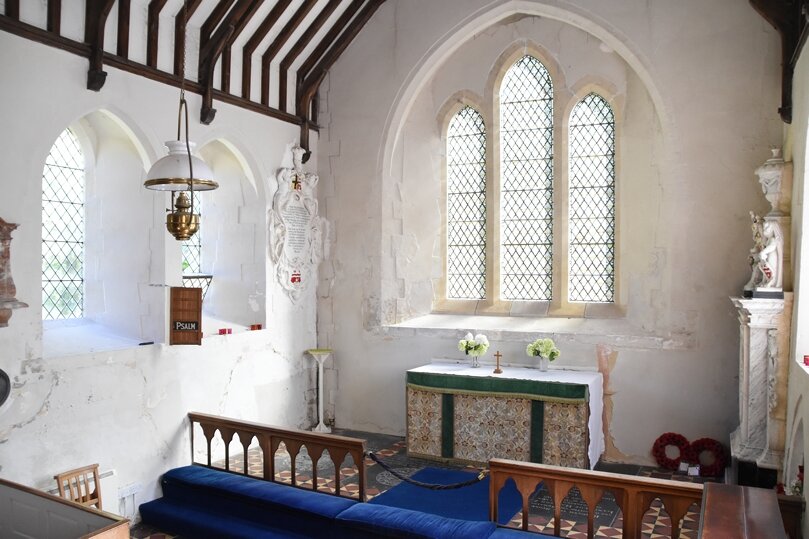
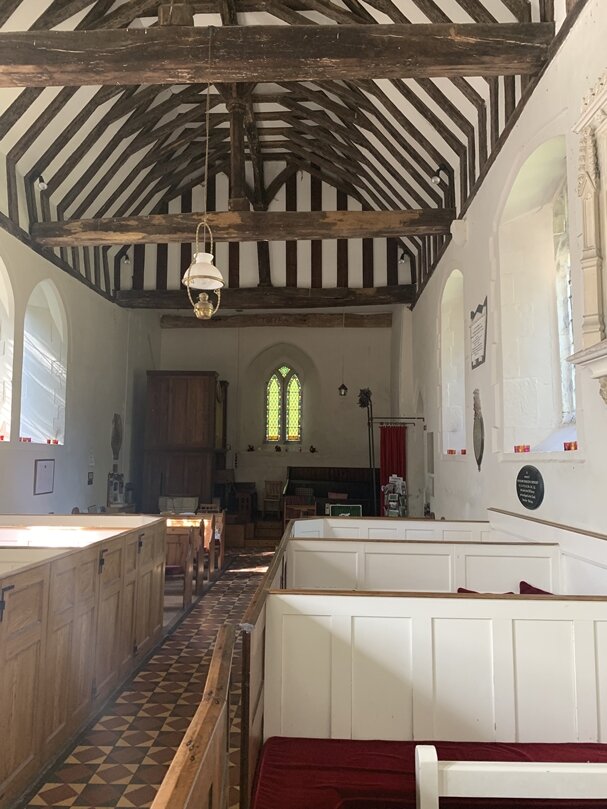
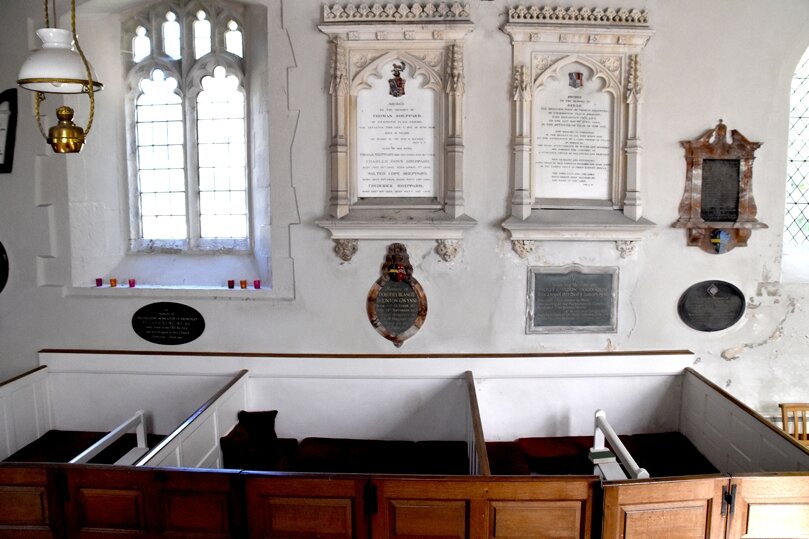

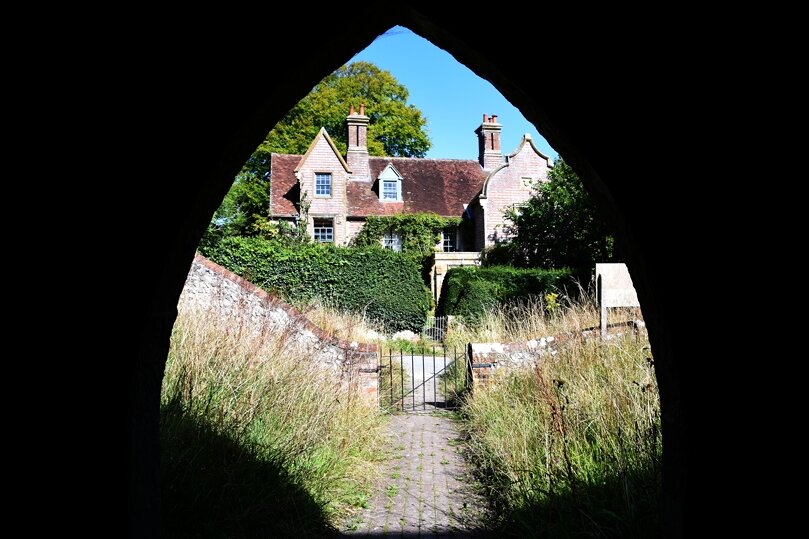

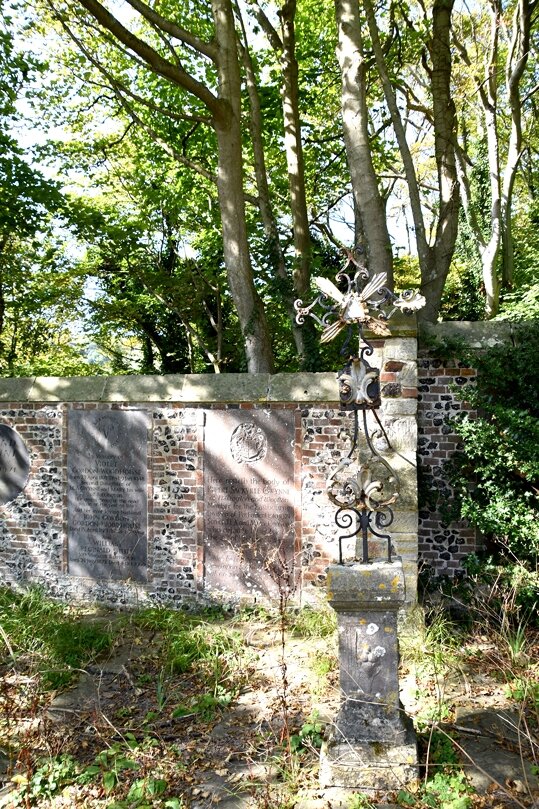
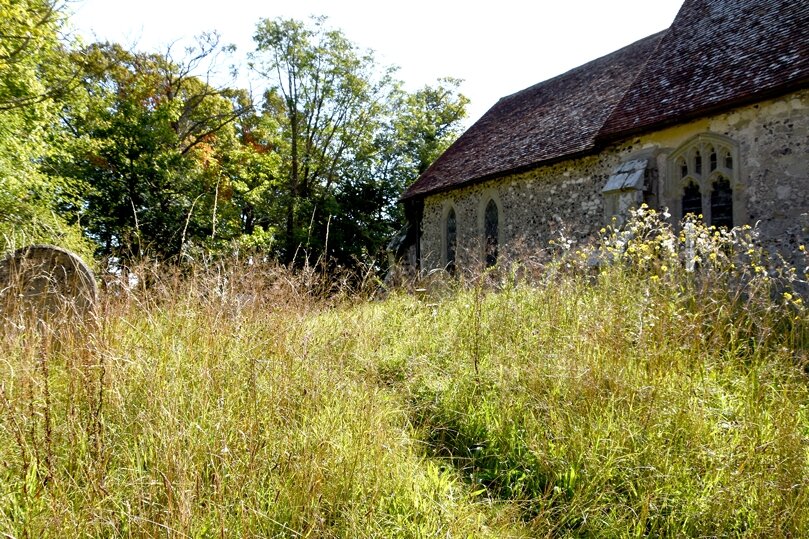
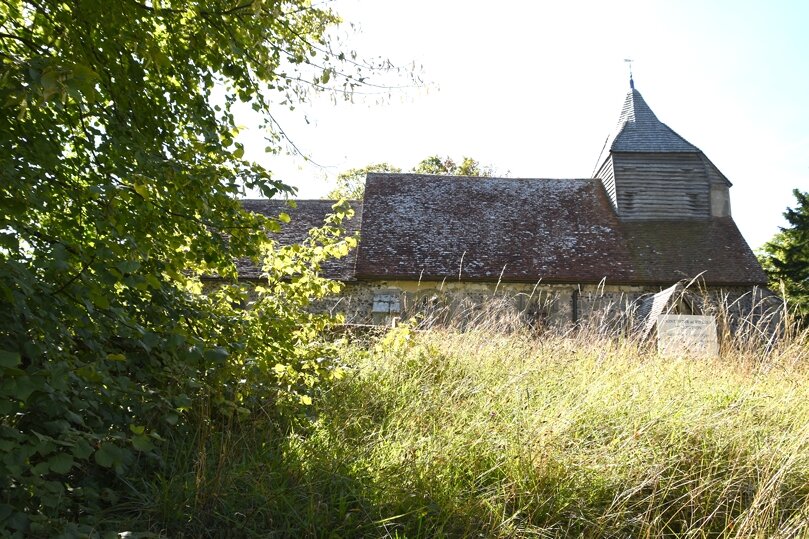
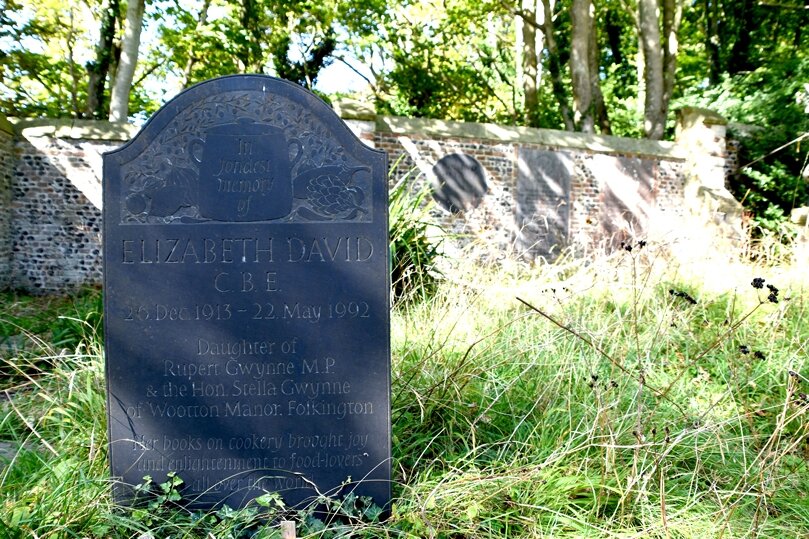
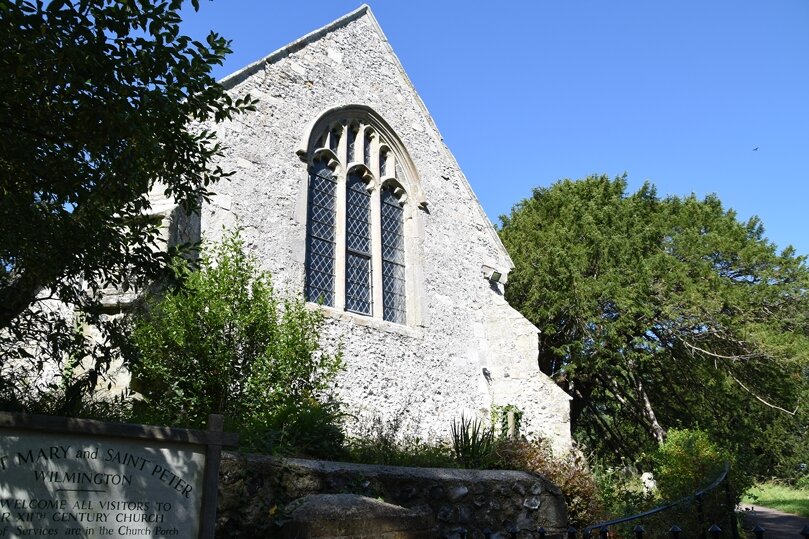
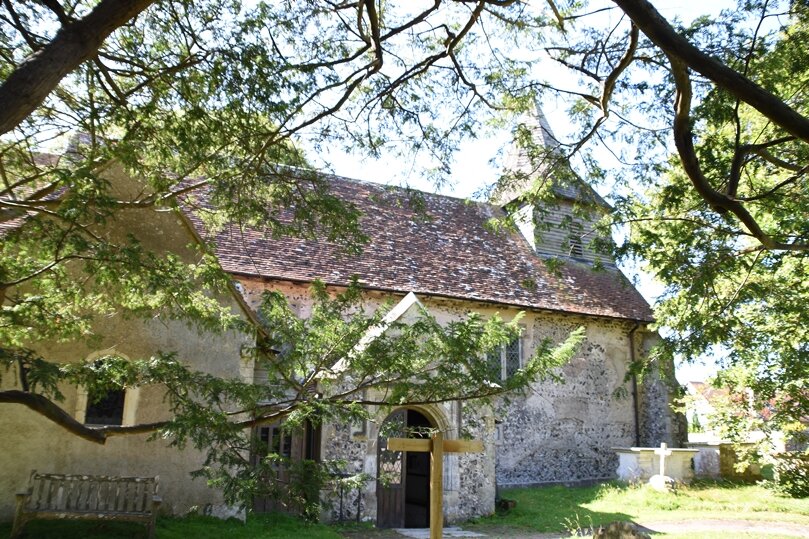
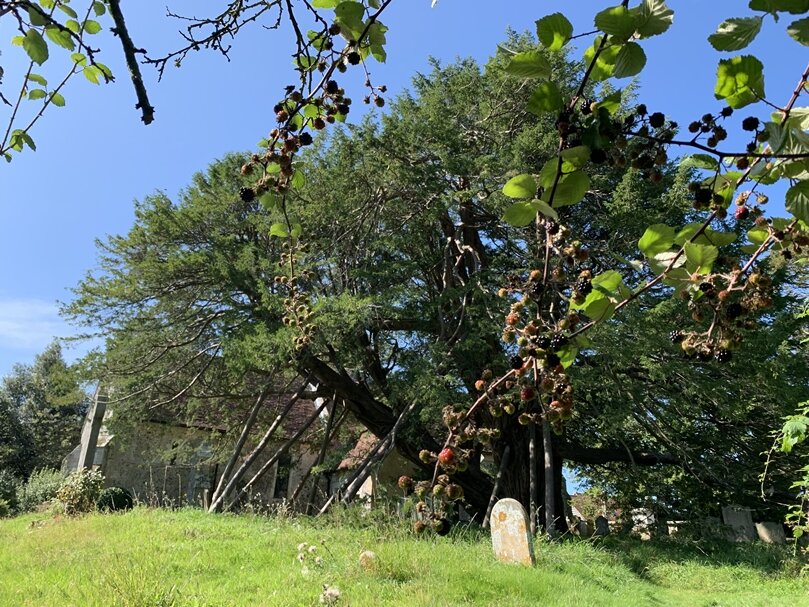
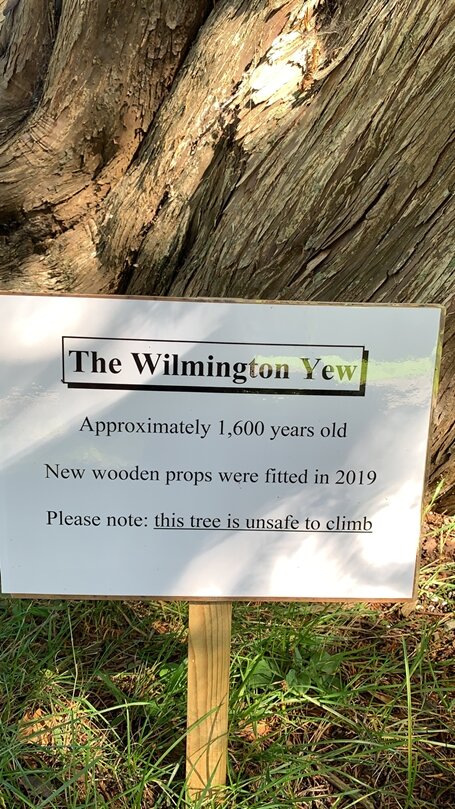
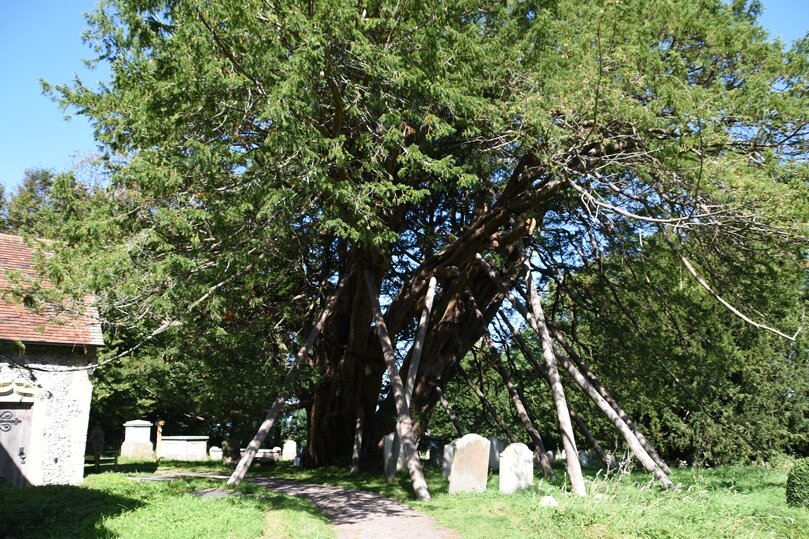
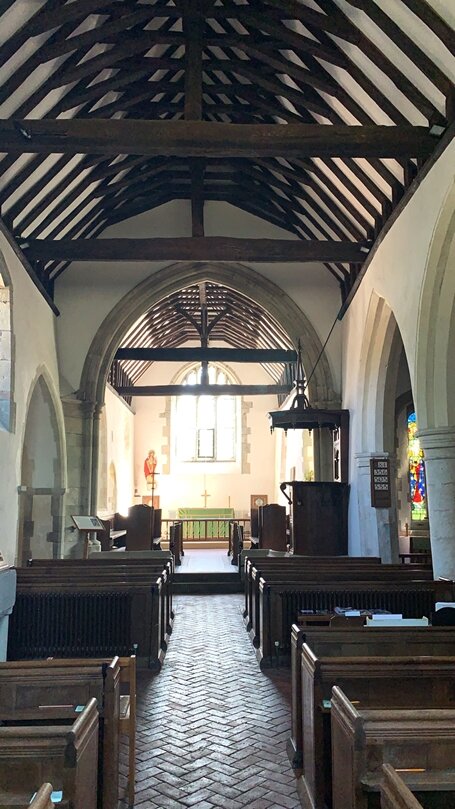
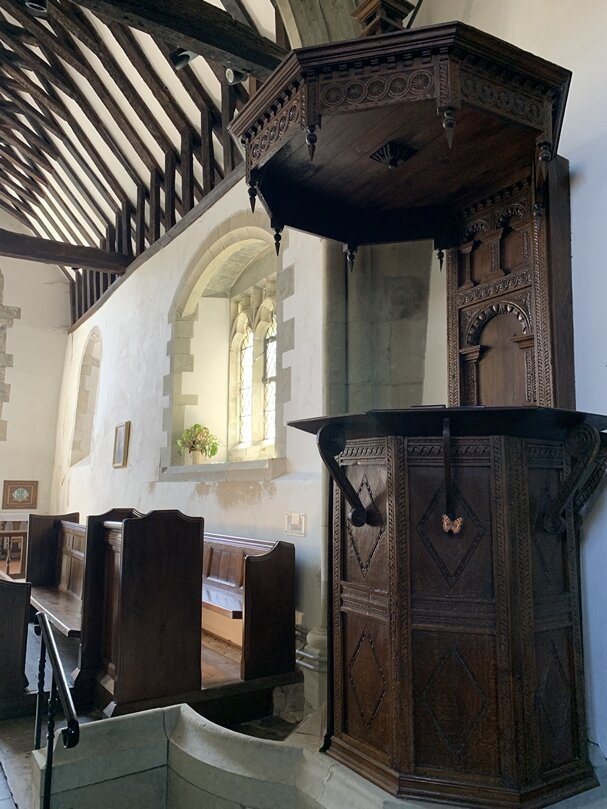
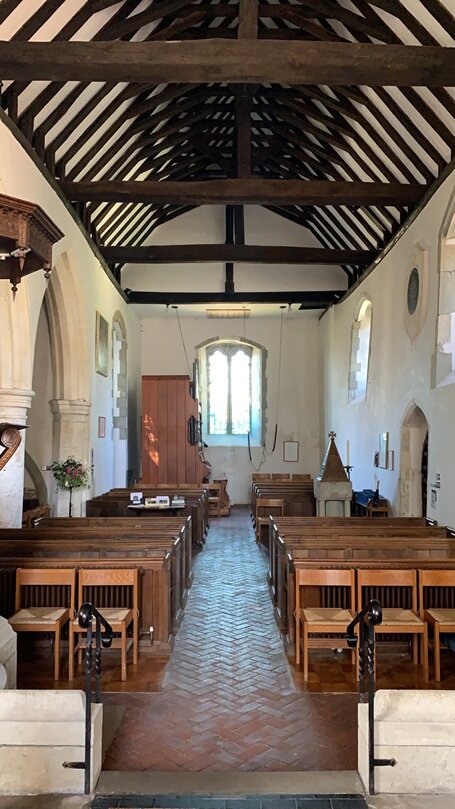
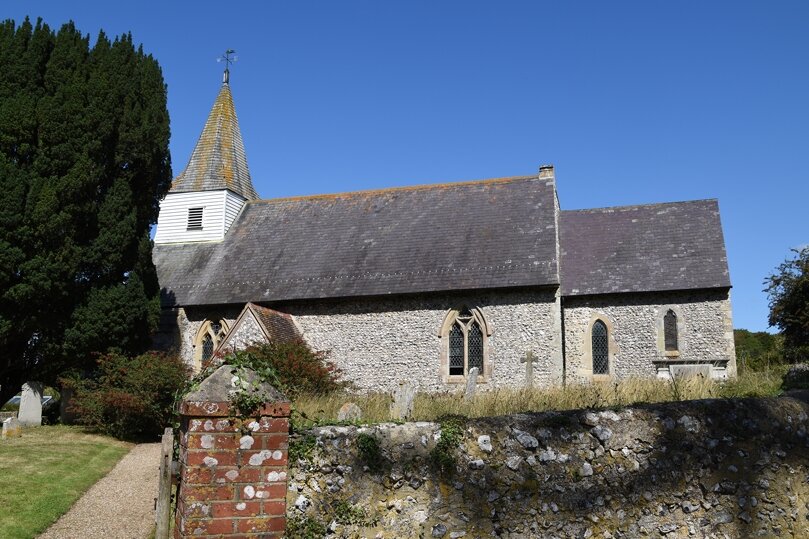

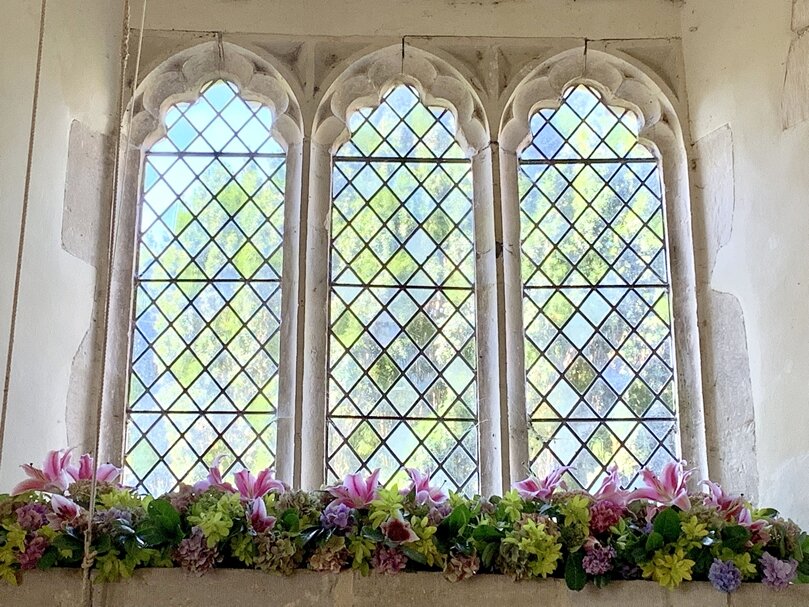
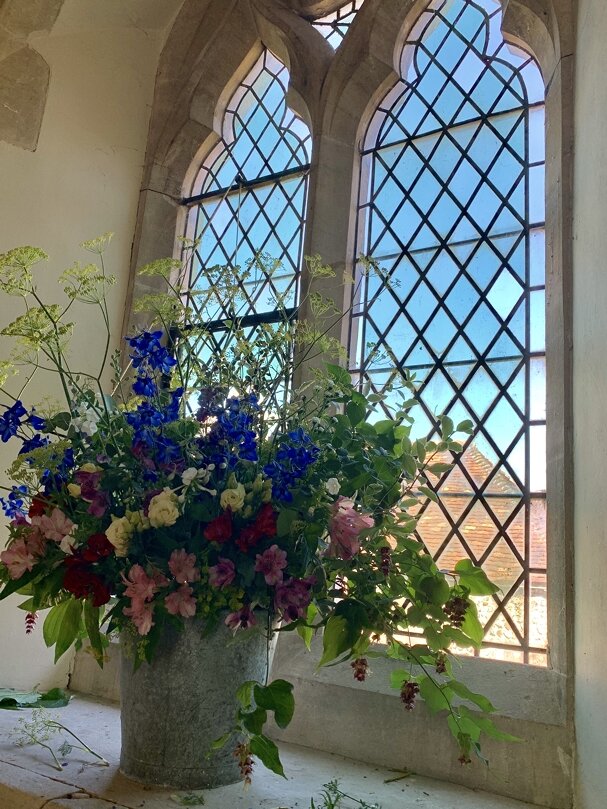
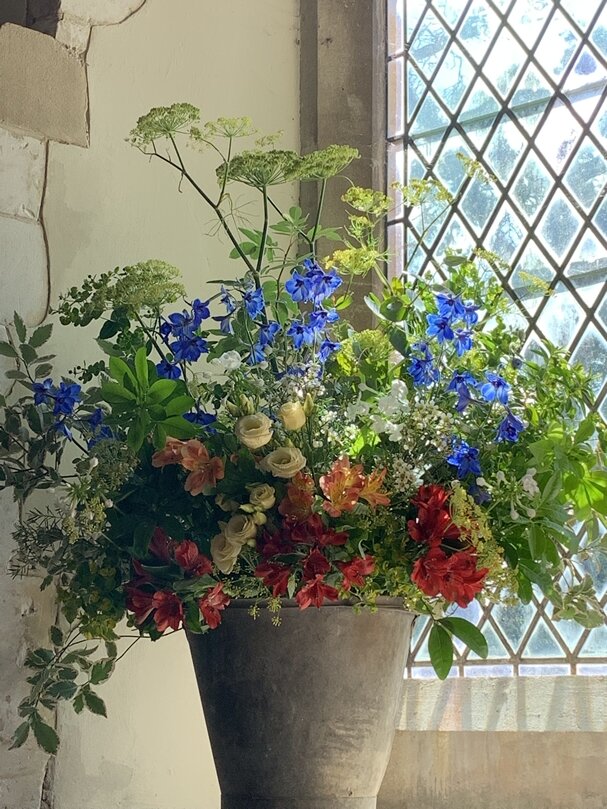
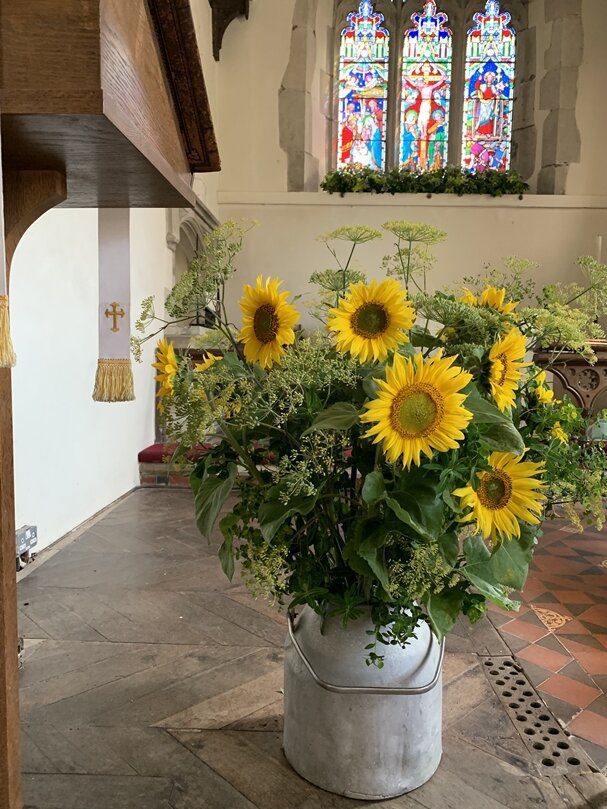
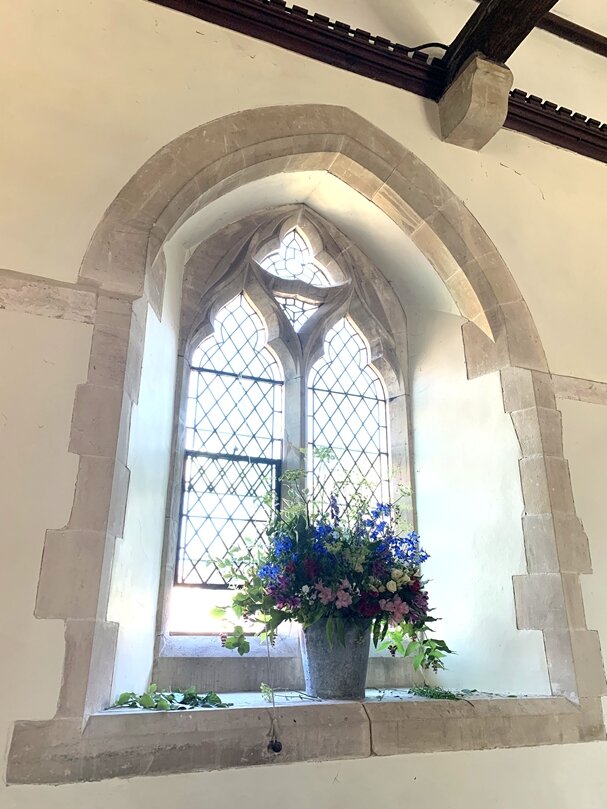
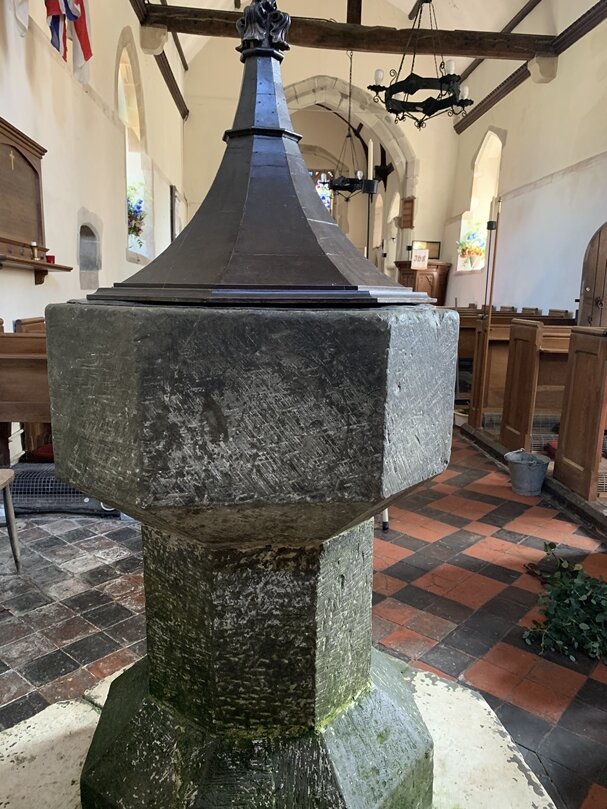
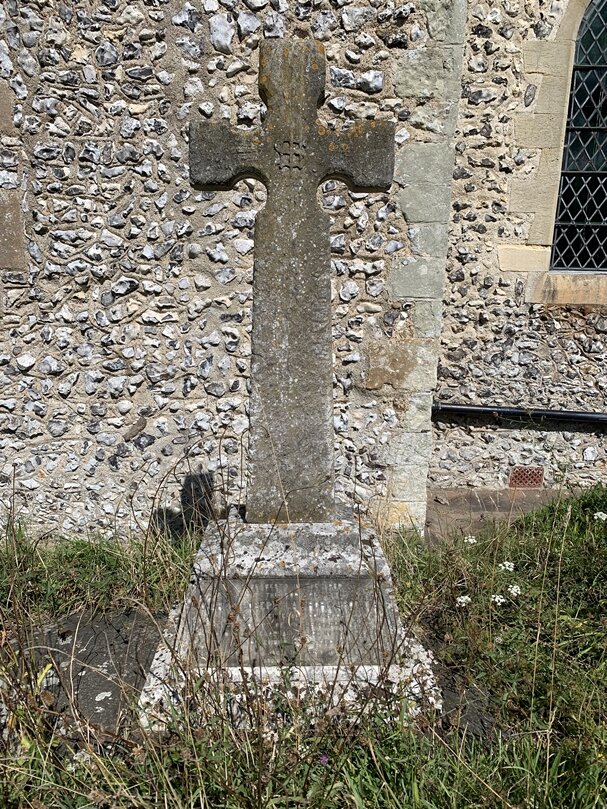
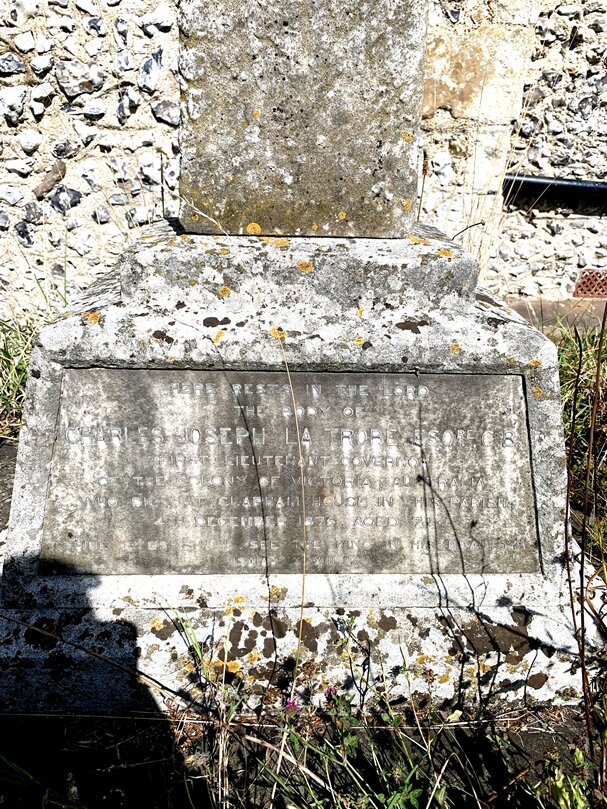
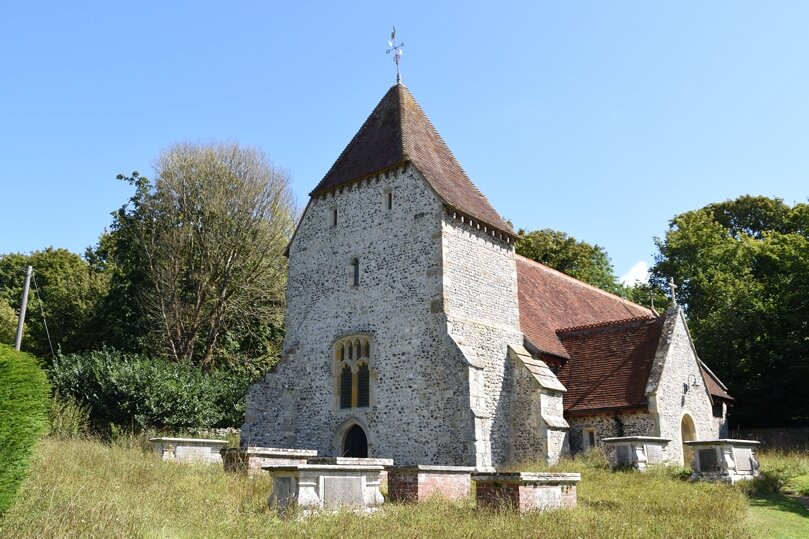
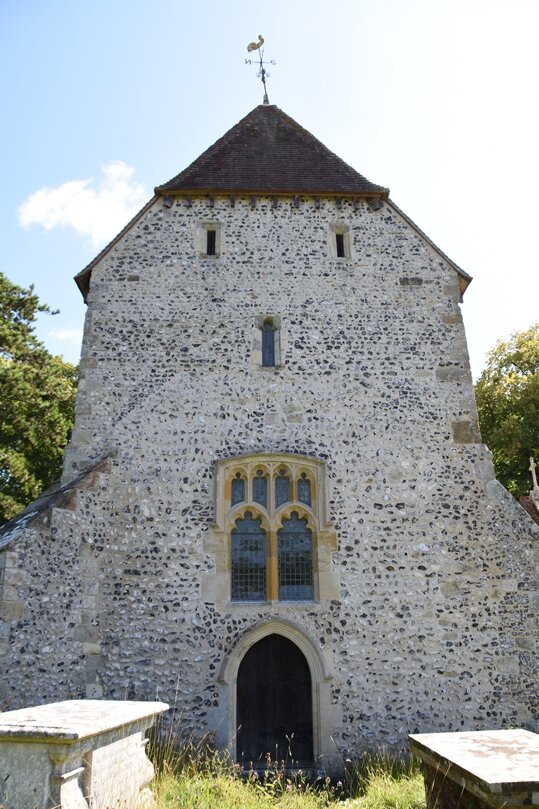
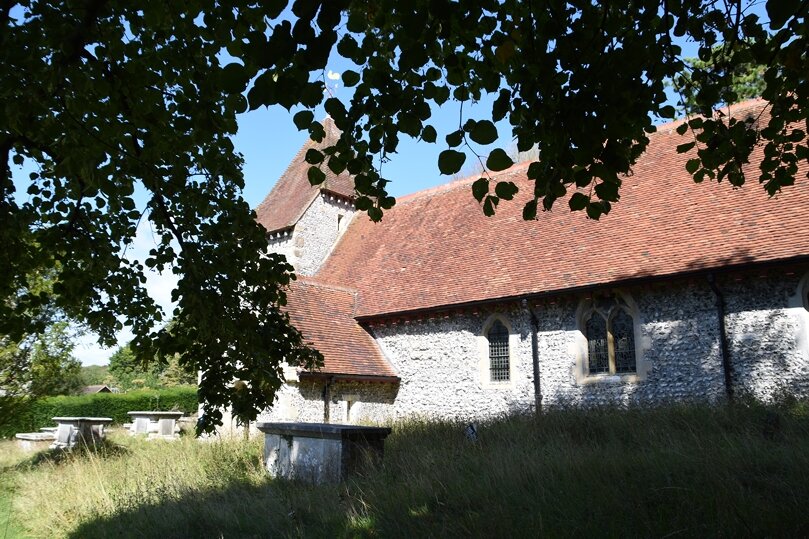
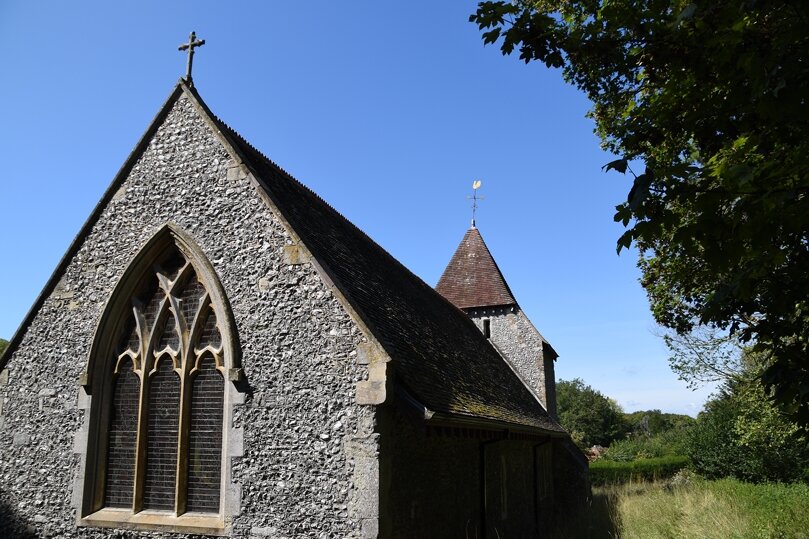

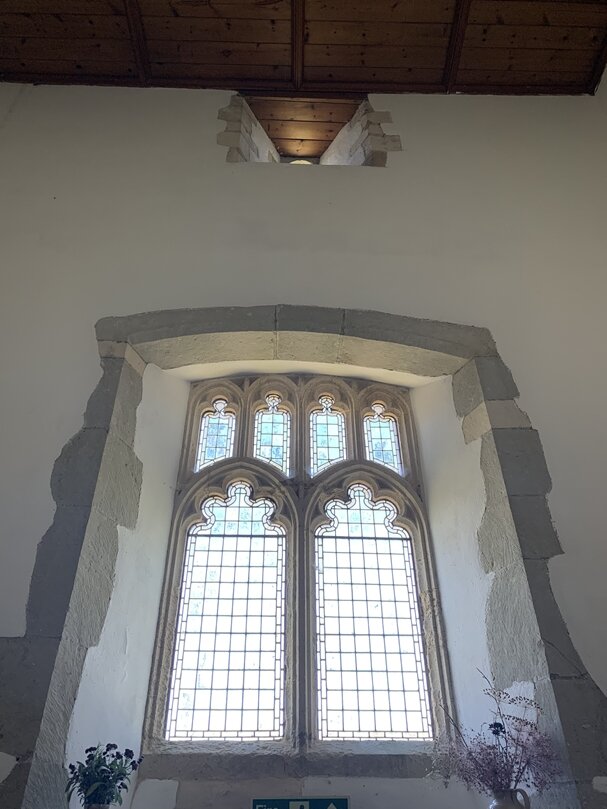

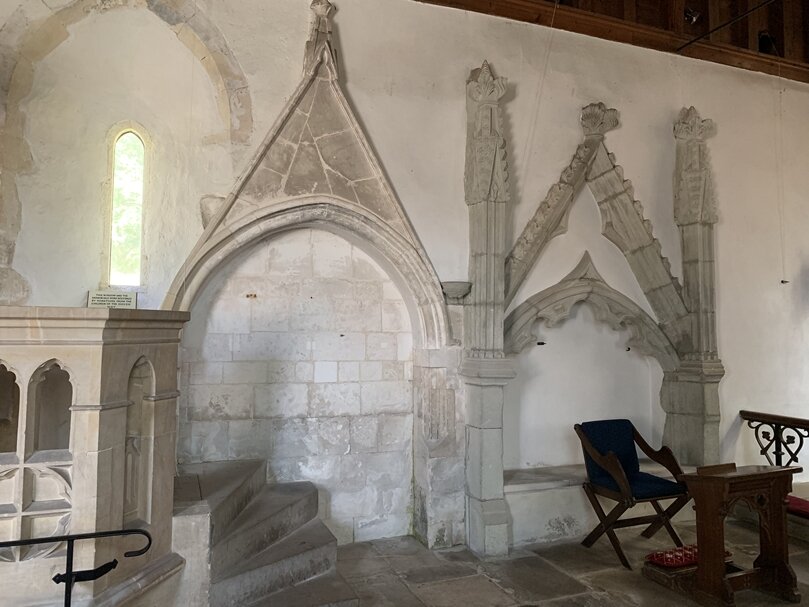
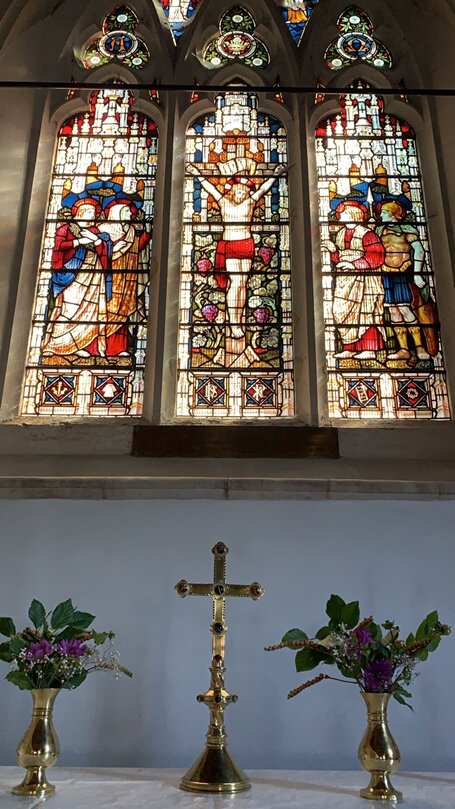
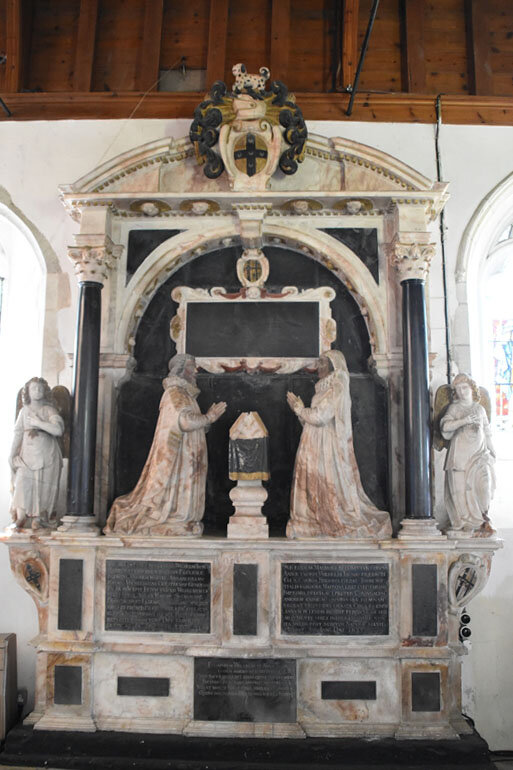
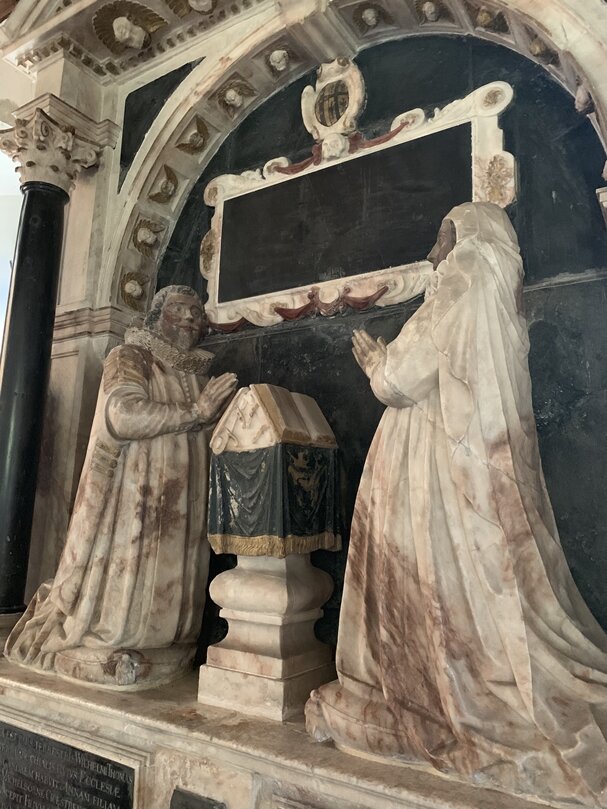
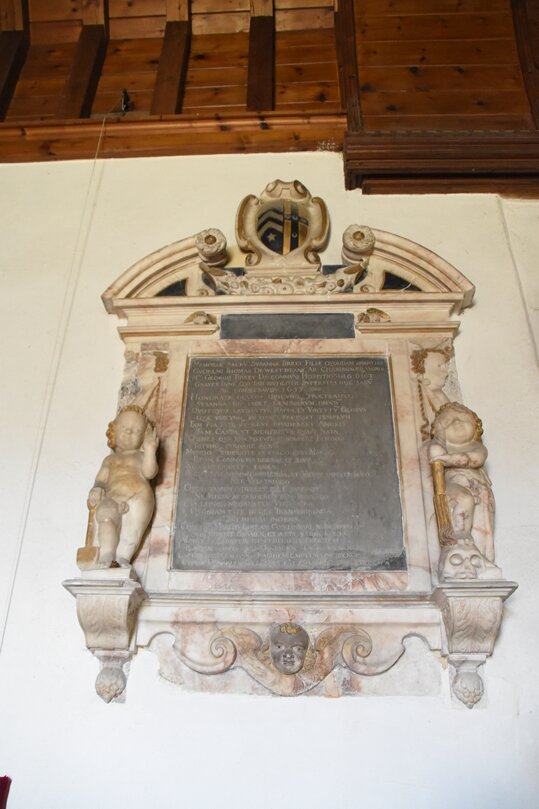
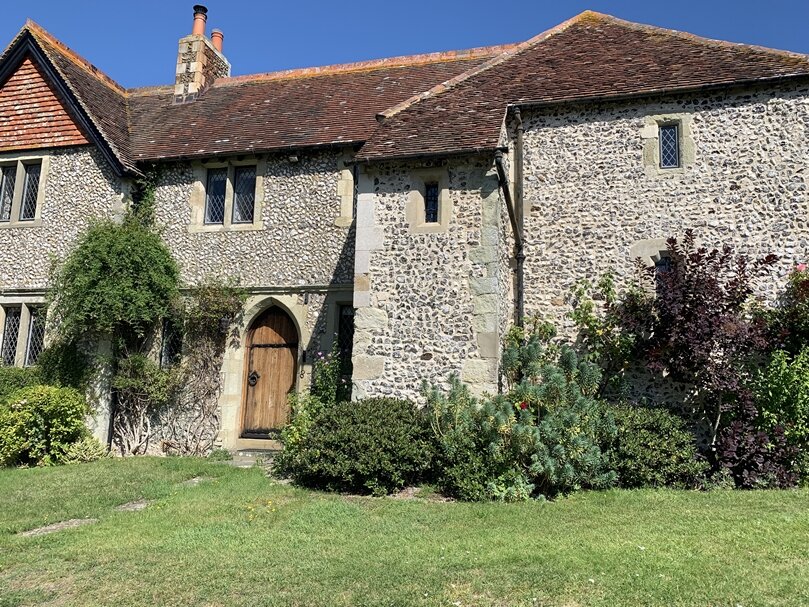

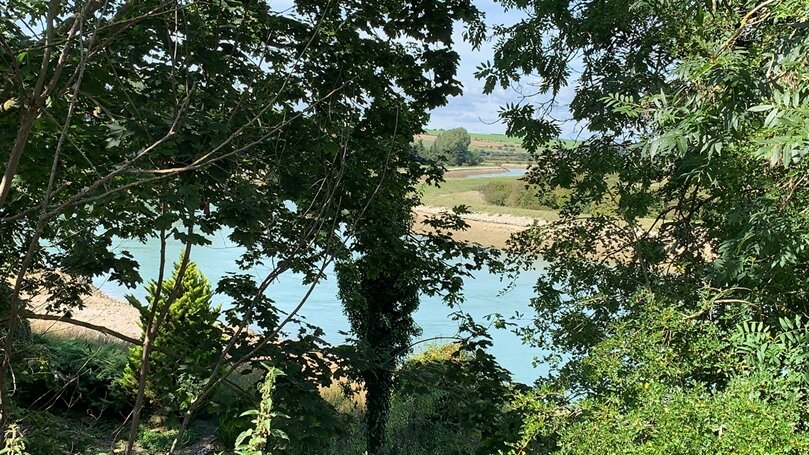
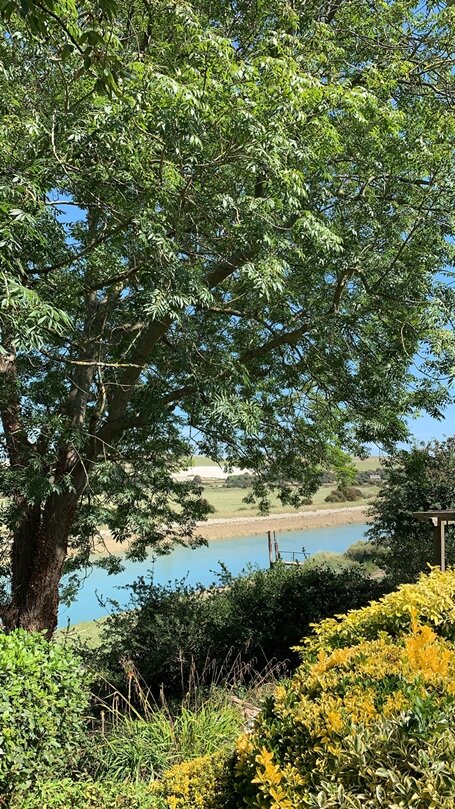

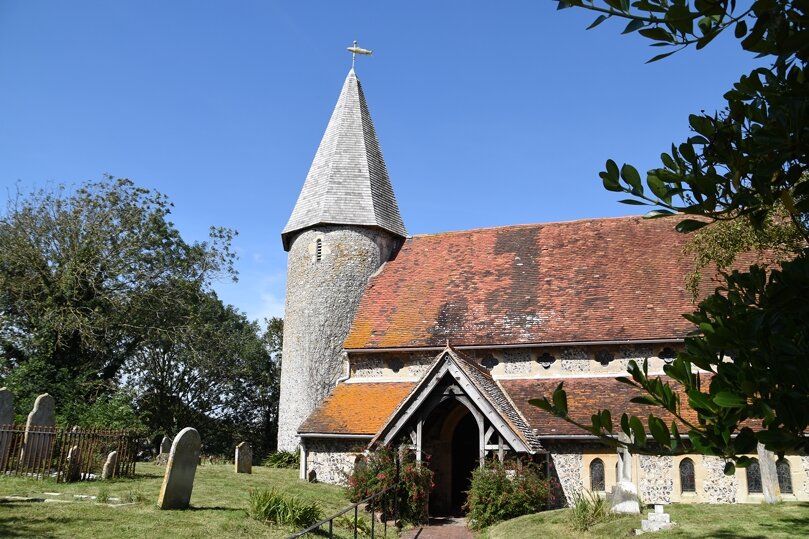
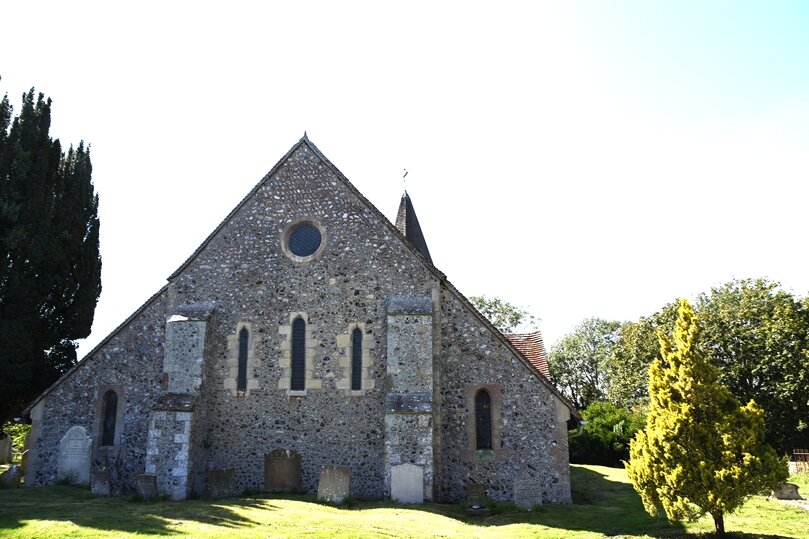
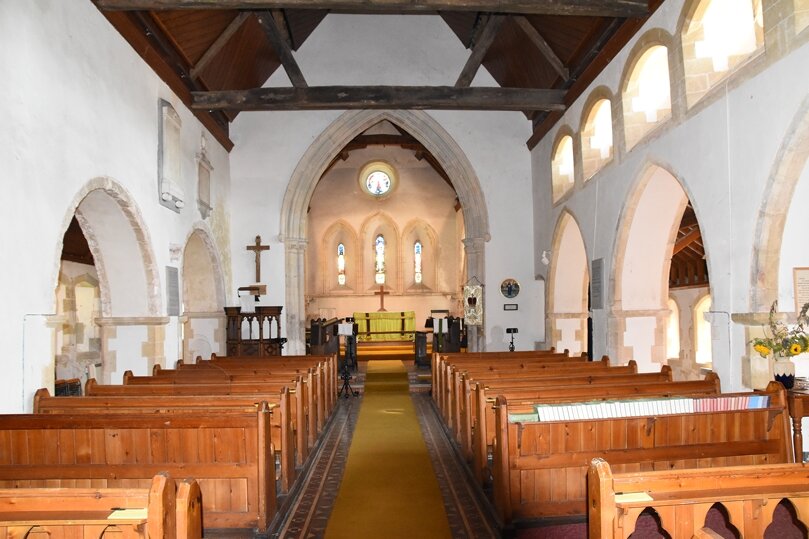
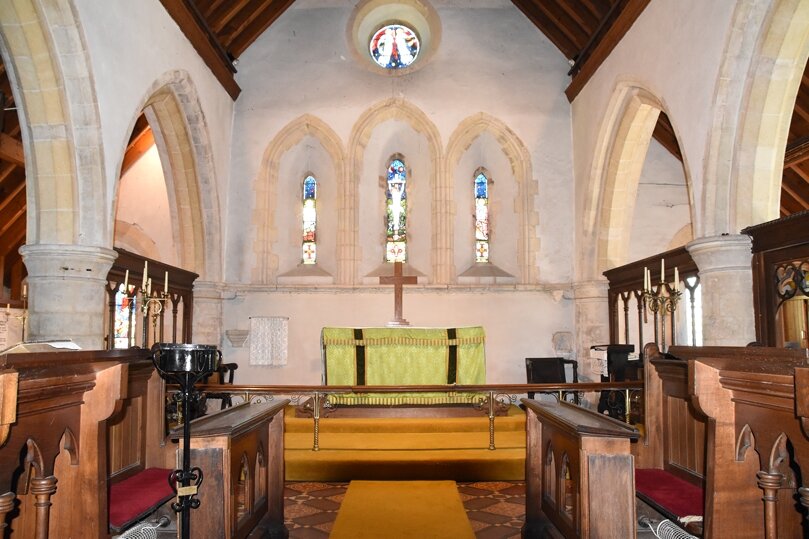

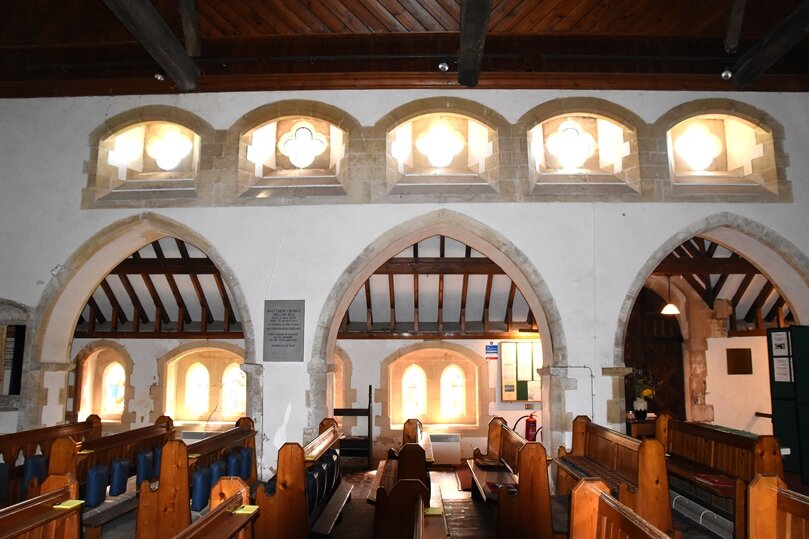
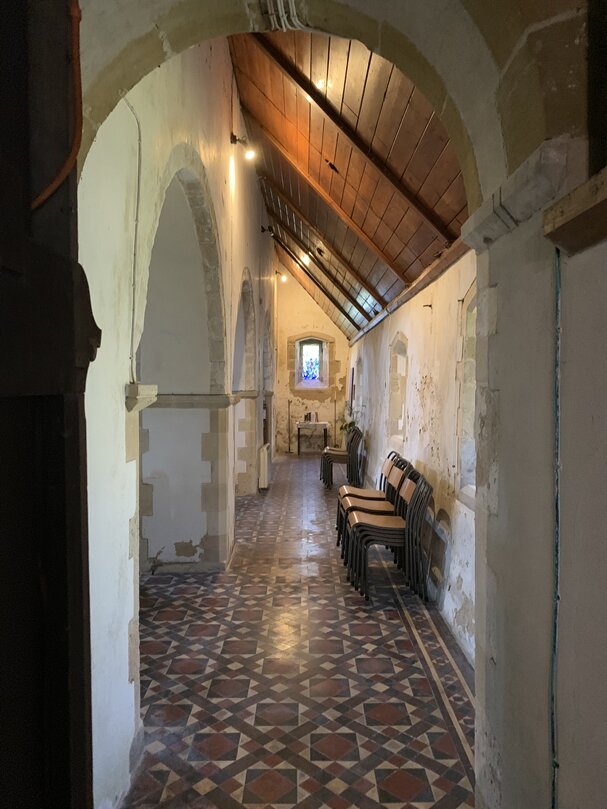
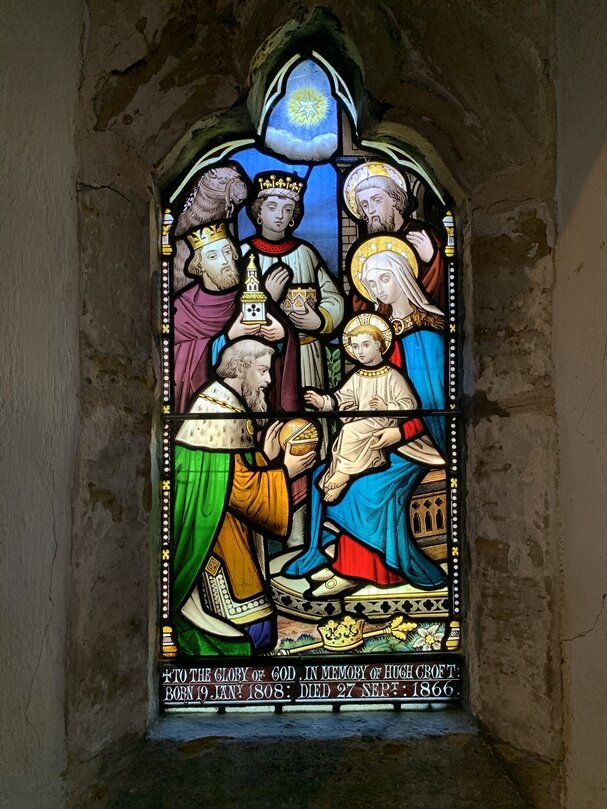
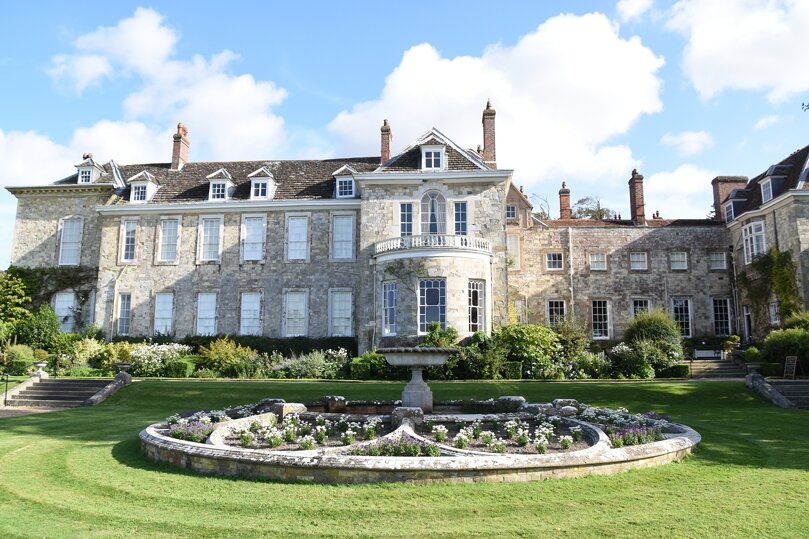
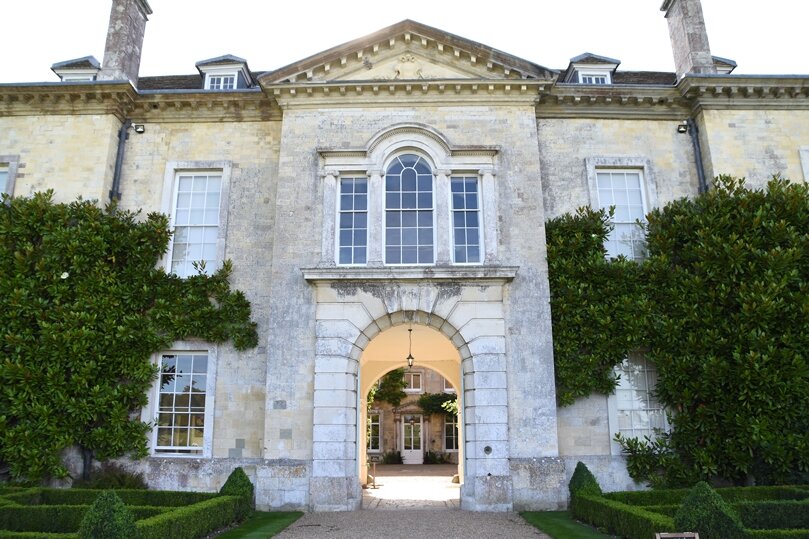
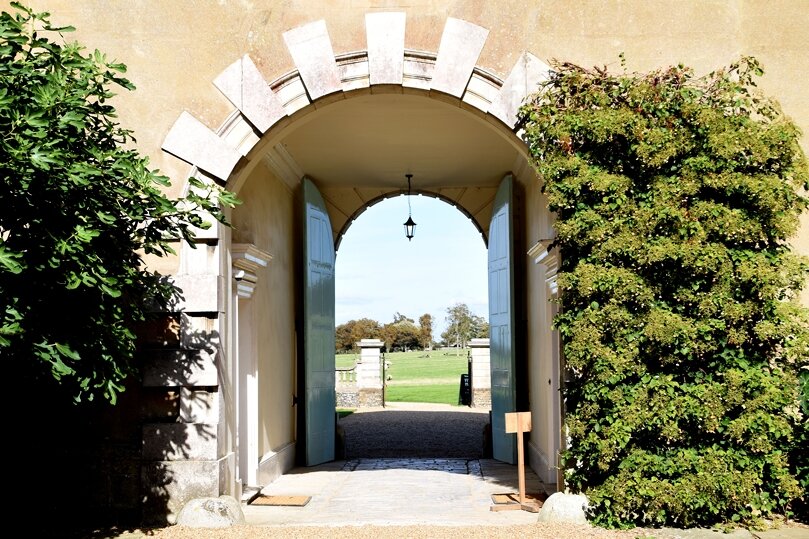
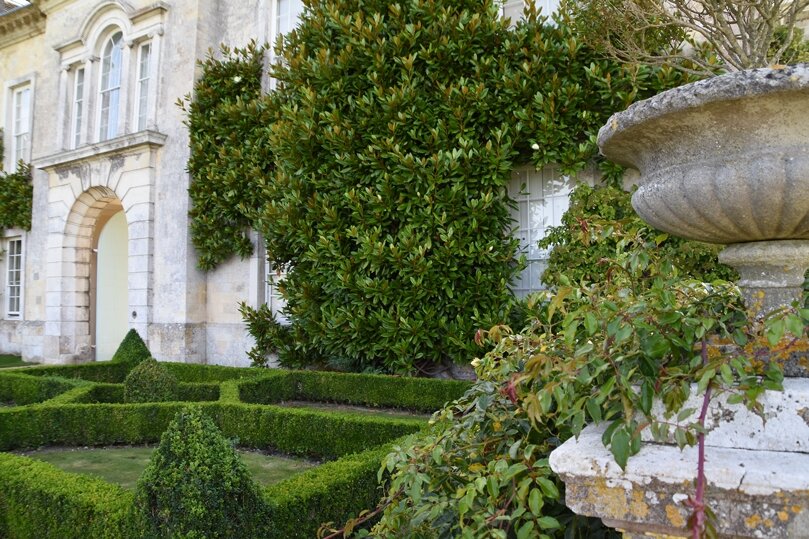

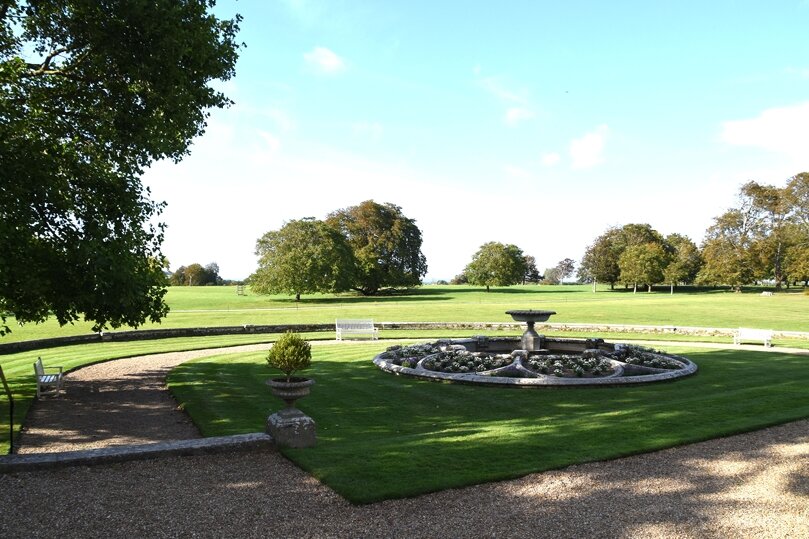
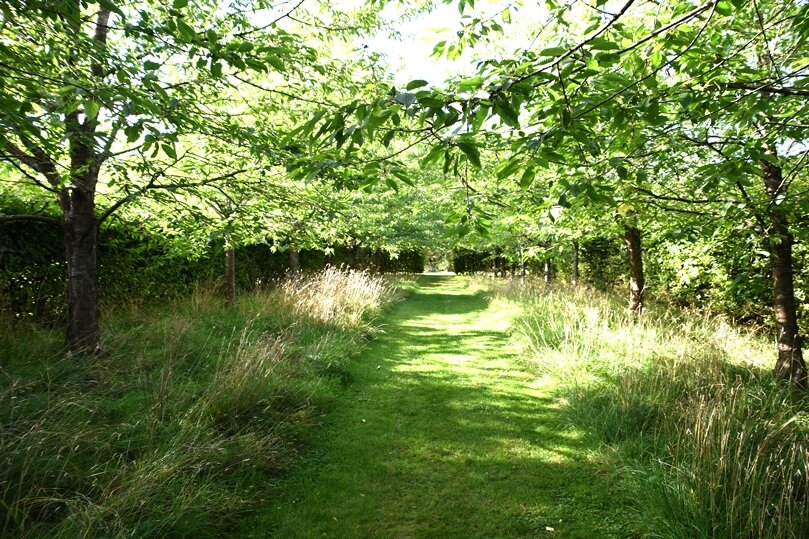
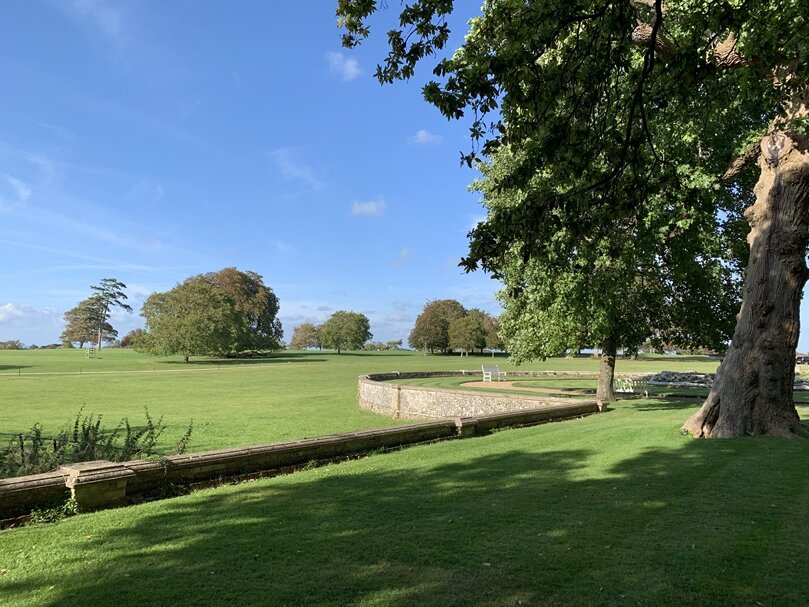








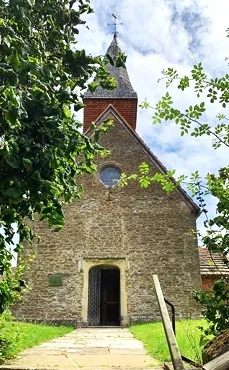
I am delighted to announce that in September 2019 I became a published photographer, that is, I had my first ever photographs published in a book, The Gardener’s Travel Companion to England, by well-known Australian author Janelle McCulloch which features a variety of beautiful English gardens.